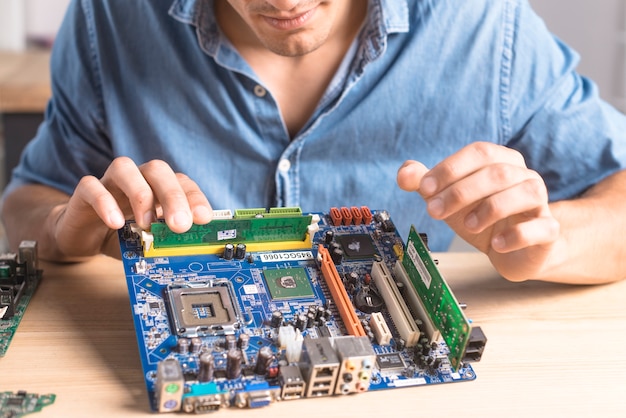 |
| third party support |
Whenever a firm buys IT hardware from a manufacturer, they
are offered limited time warranty for any manufacturing defects. After the
warranty expires, they can opt for OEM support, which means the original
equipment manufacturer will continue to support the hardware until EOL (end of
life). This is when you have two options: either buy new hardware or hire a
third party support provider to extend the life of your hardware even more.
But many firms choose to hire TPSPs (third party support
providers) right after the main warranty expires (at the phase where you are
required to buy extended OEM support) instead of dealing further with OEMs.
If you are in the same phase and are torn between opting for
extended OEM support or TPSPs, then the following inferences of OEM and TPSPs
will definitely help you reach a decision.
OEM Extended Support
Once the warranty is expired, OEMs provide an option for you
to buy extended support. In such cases, you just have to pay for extended
support and the OEM will take care of maintenance, repairs and replacements.
The Advantages:
OEMs will always follow latest regulations and standards put in place for
repairs. Plus, they are guaranteed to use original parts, and offer timely
maintenance.
The Disadvantages:
OEM extended support is very expensive, including the cost of replacements.
Plus, they will offer support only for a limited time, and they will offer
support only for their own hardware.
Third Party Support
Once the warranty is expired, you can hire a TPSP to provide
support for your hardware.
The Advantages:
TPSP typically offer fast support, and they charge less than OEMs when it comes
to support and maintenance. They will continue to support hardware even after
their EOL, and will offer support for multiple manufacturers at once.
The Disadvantages: After EOL, where spare parts are hard to come by for very old devices, they may use custom-developed parts that may not be officially approved by the manufacturer.
Comments
Post a Comment